#History of Saint Augustine
Text
Imperial Rome and Italy Superior
Imperial Rome and Italy Superior
Imperial Rome and Italy Superior is a necessary post to explain the Venetian (Italian) influence of Florida, formally, called La floridas, which means the land of the flowers.
The Venetians are named after their city Venice, Italy, which is a city built around water with a serious of water canals. Likewise, Florida is a state with thousands of water canals similar to the ones in Venice, Italy.…
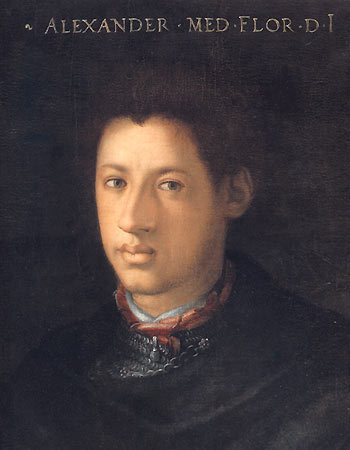
View On WordPress
#advanced ancient civilization#Advanced Technology#Alessandro de&039; Medici#Ancient Rome#Andalusia#Capitoline Wolf#Coquina Mix#Cordova Hotel#Ethiopia Superior#free energy#Gothic Architecture#Granada land#Henry Flagler#Hispania#History of Saint Augustine#Hotel Alcazar#Iberian Peninsula#Imperial Rome#Italy Superior#Kapok Tree Inn#La floridas#Medici lions#Moors#Murex Seashells#Naga-Maya#Nineveh#Philip I the Arab#Phoenician Purple#Phoenicians#Ponce de Leon Hotel
6 notes
·
View notes
Text

‘Saint Augustine’ (detail) by Philippe de Champaigne, c. 1645-1650.
#Philippe de Champaigne#vintage art#classic art#art#art history#old art#painting#art details#vintage#oil painting#moody art#saint augustine
2K notes
·
View notes
Text






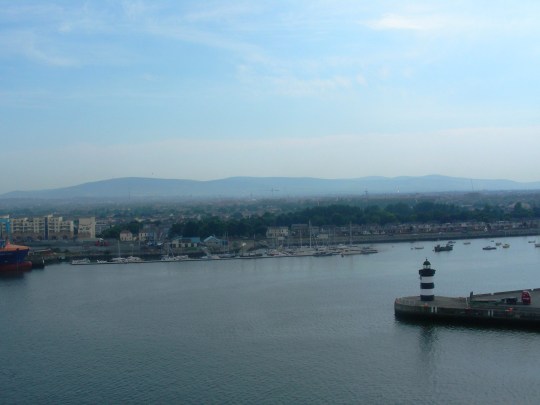



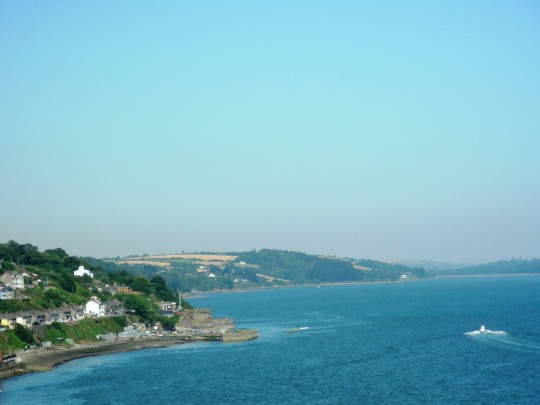


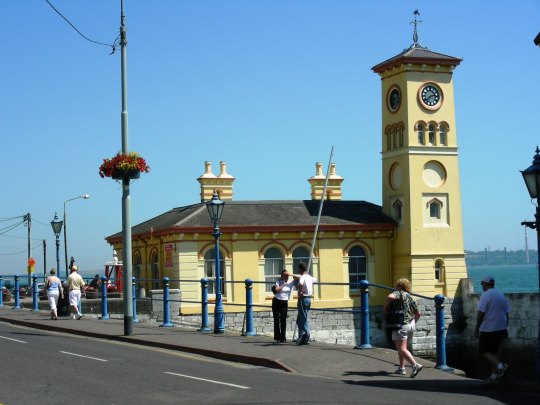
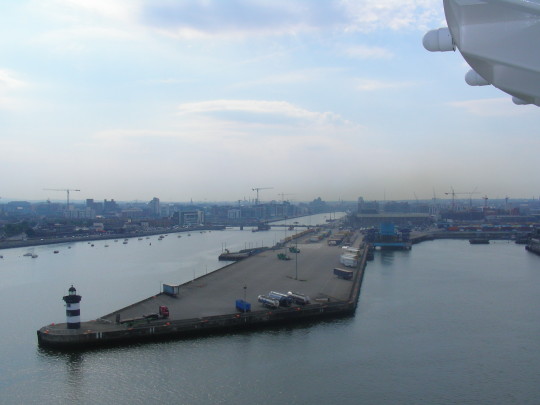
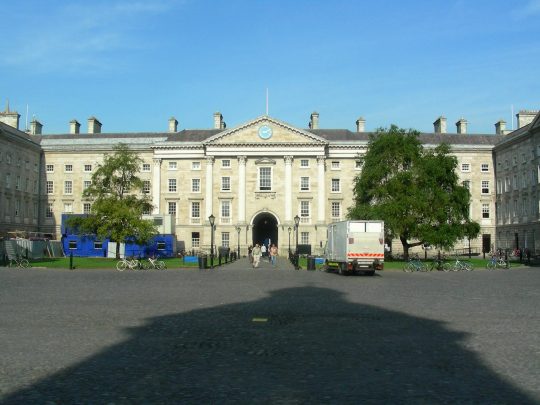


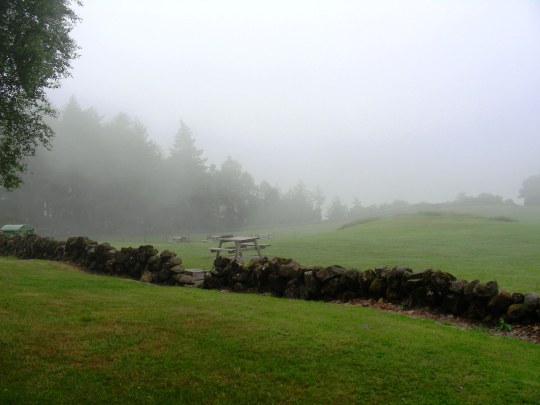

Saint Patrick returned to Ireland as a missionary bishop on April 5, 456.
#Cathedral Basilica of St. Augustine#St Colman's Cathedral#Cobh#Cork#USA#Blarney Castle#Trinity College#Irish Sea#sunset#Liffey River#Dublin#Muir Cheilteach#Ireland#landscape#seascape#countryside#Saint Patrick#St. Patrick#summer 2006#original photography#returned#5 April 456#anniversary#Irish history#architecture#cityscape#tourist attraction#landmark#travel#vacation
34 notes
·
View notes
Text

Saint Augustine by Philippe de Champaigne
#saint augustine#art#religious#painting#history#augustine of hippo#philippe de champaigne#religion#christianity#veritas
172 notes
·
View notes
Text
The history of catholic thought is so funny it’s just a bunch of fucking assholes getting into flame wars through letters
7 notes
·
View notes
Text
One more post about St. Augustine's book " The City of God, the City of Man. I'm about 100 pages in the book. And so far as I tell, it's a mix of Roman pre Catholic history, apologetics against paganism and Catholic theology. I don't think this book is for everyone, but even those who don't consider themselves, "deep" can see the parallels between his time and ours, if they read with unbiased mind. It helps to know the history of early Catholic Church, but it's not ABSOLUTELY necessary.
#traditional catholicism#traditional catholic saints#traditional catholic father's and doctors of the church#st. augustine of hippo#traditional catholic saints writers#traditional catholic saints books#the city of god the city of man#traditional catholic apologetics#against paganism#the early catholic church#early catholic history
4 notes
·
View notes
Video
undefined
tumblr
Today's #FragmentFriday is the flyleaves of Ms. Codex 55. The flyleaves an early 11th-century fragment of a homiliary, preserving texts by Saint Augustine. The rest of the book is a 15th c. Italian copy of the Statutes of Vigliano d'Asti.
Online: bit.ly/3QMM76S
#medieval#manuscript#fragment#binding#flyleaf#binding waste#saint augustine#11th century#15th century#book history#rare books
28 notes
·
View notes
Text

Plato and Socrates as unordained high-priests - Ficino, I am once again asking how it is you were not done for heresy until the very end of your life.
#the acceptance of the pre-Christian philosophers within the scope of Christian theological world building was very well established by 1400s#obviously - there were so many early church councils on the matter! Augustine did a lot for Aristotle etc. etc.#so did Jerome and other early church fathers#it's just Ficino takes his veneration a few giant leaps further than anyone else#and that's the line of heresy he was walking#venerating them as if they were saints - which we know he did#Ficino#Marsilio Ficino#Marsilio Blogging#obscure early modern Florence blogging#early modern florence#early modern italy#early modern history#15th century
2 notes
·
View notes
Text

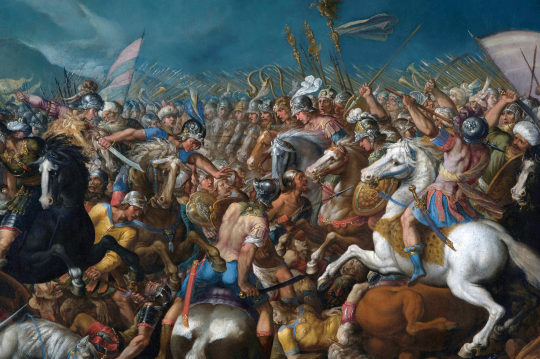
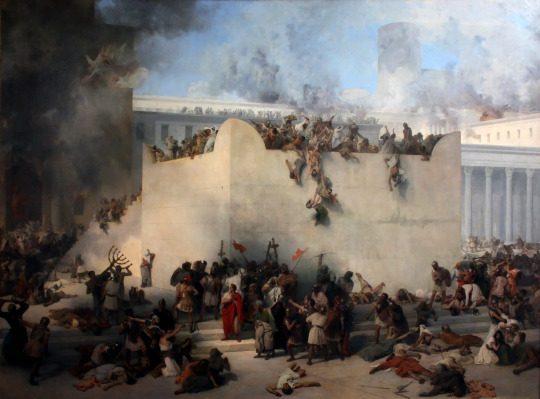
The Rape of the Sabine Women, by Nicholas Poussin, 1633-1634.
Hannibal and Scipio Africanus, by Bernardino Cesari, 17th Century.
The Destruction of the Temple of Jerusalem, by Francesco Hayez, 1867
Largely because we are heirs to a Roman imperial culture that controlled the writing of history, we are inclined to read Rome's story through rose-colored lenses. We tend to see the march of the Roman Empire as a civilizing work of human progress. Every schoolchild knows that the darkness of barbarism was penetrated by Julius Caesar, who brought order to chaos. "All Gaul," we learned, "is divided into three parts." But we never asked who was doing the dividing, or how the dividees felt about it. [...] We are conditioned to think of the rise and fall of Rome sentimentally, as tragedy pure and simple. The gradual dissipation of imperial power, leading to vulnerability before the northern hordes, is the condition only of a new darkness. But what if Roman imperial power itself, not in decline but at the peak, was the real darkness?
- James Carroll (Constantine’s Sword: The Church and the Jews – A History, pages 79-80)
[T]he imperial city has endeavored to impose on subject nations not only her yoke, but her language, as a bond of peace, so that interpreters, far from being scarce, are numberless. This is true; but how many great wars, how much slaughter and bloodshed, have provided this unity! And though these are past, the end of these miseries has not yet come. For though there have never been wanting, nor are yet wanting, hostile nations beyond the empire, against whom wars have been and are waged, yet, supposing there were no such nations, the very extent of the empire itself produced wars of a more obnoxious description -social and civil wars- and with these the whole race has been agitated, either by actual conflict or the fear of a renewed outbreak. If I attempted to give an adequate description of these manifold disasters, these stern and lasting necessities, though I am quite unequal to the task, what limit could I set?
- Saint Augustine of Hippo, City of God (XIX.17)
Despite the unbridled ruthlessness of his age, Augustine, building on the religious argument of the Hebrew Scriptures, initiated history's first political argument against war, an argument that has come down to us as his widely misunderstood theory of just war. Instead of being a rationale for state-sponsored violence, as its critics are wont to say today, the theory is rather a desperate effort to curtail it, to hem war-making in, that is, by stringent conditions. The idea of the just war, the introduction of limiting principles, and a notion of war as always involving evil, even if a lesser evil, were profoundly humanizing innovations.
- James Carroll (Constantine’s Sword: The Church and the Jews – A History, page 212)
8 notes
·
View notes
Text
Pinehurst and San Sebastian Cemeteries-Saint Augustine, Florida
San Sebastian and Pinehurst Cemeteries are located in West St. Augustine on Pearl Street. The two cemeteries are next to each other and are stated to be among the oldest Black cemeteries in the state of Florida. There is conflicting information on whether the cemeteries began before or after the Civil War.
The cemeteries contain a mixture of commercial and vernacular headstones, along with…

View On WordPress
2 notes
·
View notes
Text
Timucuan Indians are the Tamerikhans
Timucuan Indians are the Tamerikhans
Timucuan Indians are the copper colored or swarthy Tamerikhans (Tameri-Khans) depicted on the 1657 map of La floridas which has the Nationality of Tamerikaans listed under the plaque of La Floridas on this map.
Additionally, Timucuan are Tamerikhan are etymologically and phonetically the same word due to similar spelling and similar pronunciation. However, let’s break it down even further…

View On WordPress
#Abyssinia#Ancient Cush#Ancient Ethiopia#Assyria#Assyrian Empire#Ethiopia Superior#Gothic Architecture#History of Jacksonville#Iberian Peninsula#La floridas#Nineveh#Old World Florida#Picts#Prester John#Saint Augustine Florida#Saint Thomas#Tameri#The Fountain of Youth#the Garden of Eden#Timucua People#Timucuan Indians
6 notes
·
View notes
Text

St.Augustine from last year…
I’ve been having seminars and Tutorium kurs for Augustine for the whole semester,a beautiful accident🤣
#catholic#digital art#saint#christianity#st. augustine#augustinus#augustine of hippo#history#theologer#art#portrait
2 notes
·
View notes
Note
3 or 24 for the All Hallows ask game, your choice :)
Why not both?!
3. St. Augustine
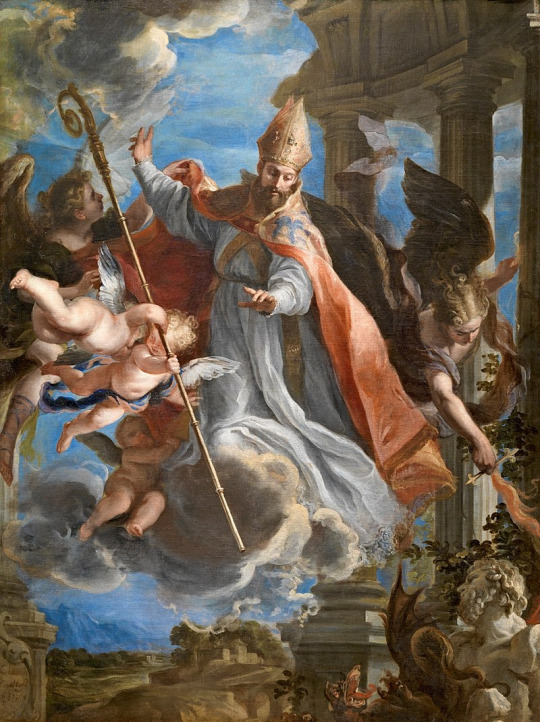
One of the most famous philosophers of the Catholic faith, doctor of the church, inspiration of other Saints, and apologetics extraordinaire, St. Augustine started his life as a degenerate teenager involved in all manner of sinful habits, which he discusses in his Confessions. The constant prayer of his mother, St. Monica, helped to cause his conversion, and she endorsed his education and academic pursuits. He was born in Hippo, in North Africa, and traveled all around Italy, before returning to his home as a Bishop. His life and works are truly GIANT and I haven't even read them but they're high high on the list.
24. St. Helena

As the queen-mother to a roman emperor, St. Helena held a ton of political sway around 300 AD. Her husband renounced her because of this, but her devout Christian faith help to bring her son, Constantine, to the gospels, and he later went on to decriminalize the practice of the religion and stop the Diocletian persecutions throughout the Roman Empire, which allowed a new wave of missionary efforts and growth in the church to thrive. If that weren't enough, she also went on a pilgrimage to the Holy Land to find the True Cross of Christ and build churches. She used her political position and wealth (being in charge of the empire's treasury) to seek out and aid poor and destitute communities.
All Hallows Ask Game: send me a # and I'll tell you about a saint!
2 notes
·
View notes
Text



Saint Augustine (details) by Philippe de Champaigne
#saint augustine#philippe de champaigne#art#religious#religion#christianity#history#veritas#painting#augustine of hippo
20 notes
·
View notes
Link
by Michael Reeves | In the last two thousand years, God has filled the history of his church with stories — of persecution and endurance, of sorrow and hope, of failure and repentance. The history of the church has been dramatic and epic. Perhaps the most important story of all, however, is the one about joy and glory. This is the story that underpins and frames the others...
#Desiring God Ministries#Michael Reeves#The Happiest Saints in History: Augustine Calvin Edwards and You#desiringgod.org
4 notes
·
View notes
Text
getting through my medieval history midterm due not just to my own studying but also past episodes of puppet history and also sunday school
#personal#for some reason a LOT of this class was just learning about catholicism#which i know about because i am catholic and i did sunday school for a bit#(especially saint augustine because his mother saint monica was who my local church was named after as a kid)#and i'm not even kidding this is now the second history class where puppet history has helped me#thank you shalexandej
0 notes